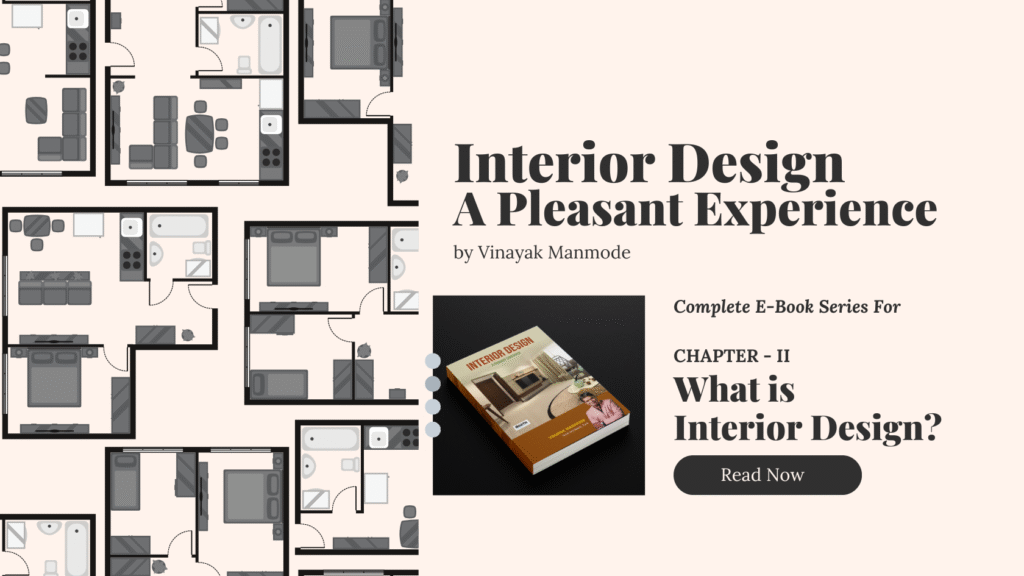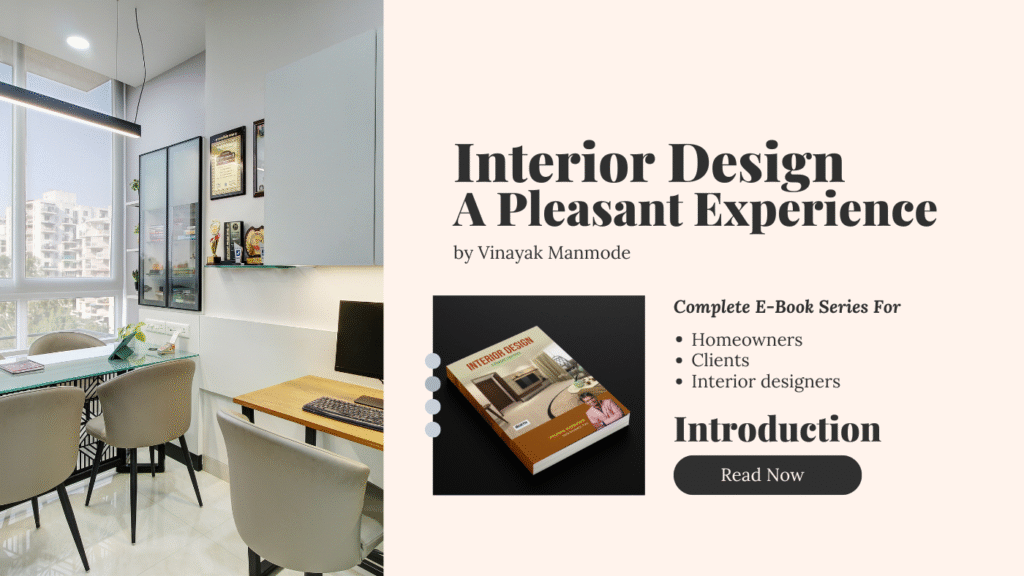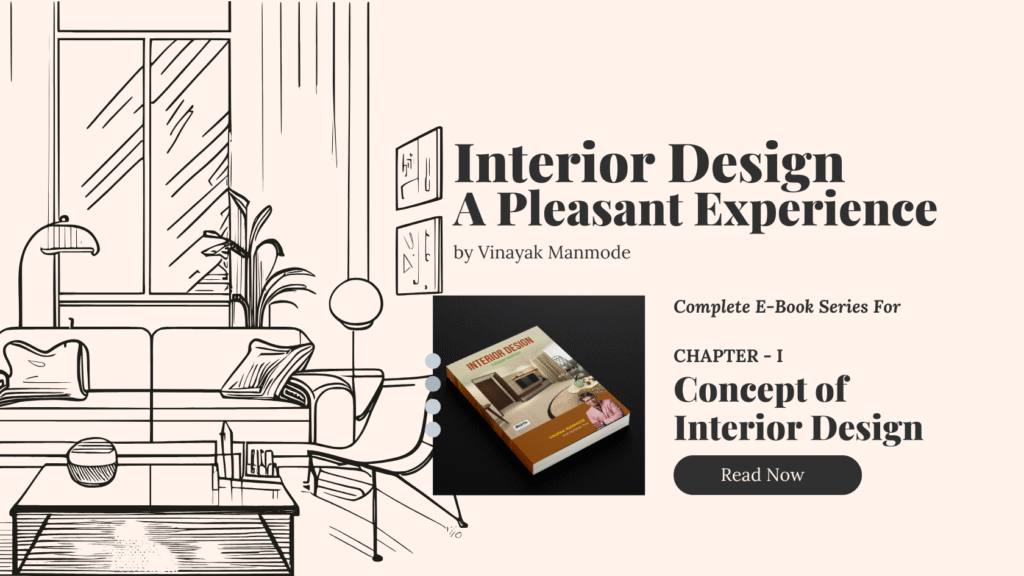Learn how Interior design combines art and science. It creates spaces that are both beautiful and useful. This comprehensive guide explores the role of creativity, aesthetics, and personal expression alongside technical elements like ergonomics, material selection, and space planning.
Learn how professional interior designers work through key phases—understanding client needs, conceptualising designs, planning layouts, and executing flawless results. Explore the benefits of good interior design. It can improve how spaces work and look. It also helps with mental health and emotional comfort.
Explore how interior design impacts financial value, reduces long-term costs, and improves energy efficiency. Whether you’re designing residential spaces, offices, yoga studios, salons, restaurants, or automobile showrooms, each section highlights unique interior design strategies tailored for specific needs. Understand how color, lighting, furniture, and ambience shape human experiences and reflect personal identity.
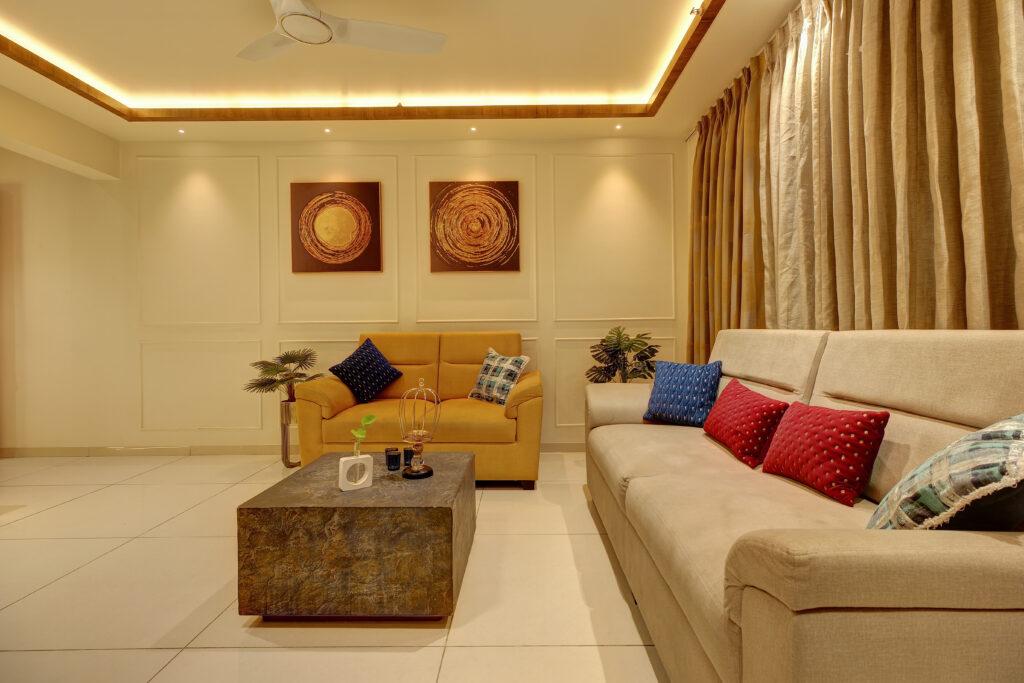
This content is great for homeowners, business owners, or anyone wanting to change their spaces. It offers useful tips on the power of interior design. Stay informed, inspired, and equipped to make design decisions that truly matter. Whether you’re in Pune or beyond, use this knowledge to elevate your interior spaces.
I don’t think that architecture is only about shelter…it should be able to excite you, to calm you, to make you think.
“Design is not just what it looks like and feels like. Design is how it works.” – Steve Jobs
Interior design is a harmonious blend of art and science:
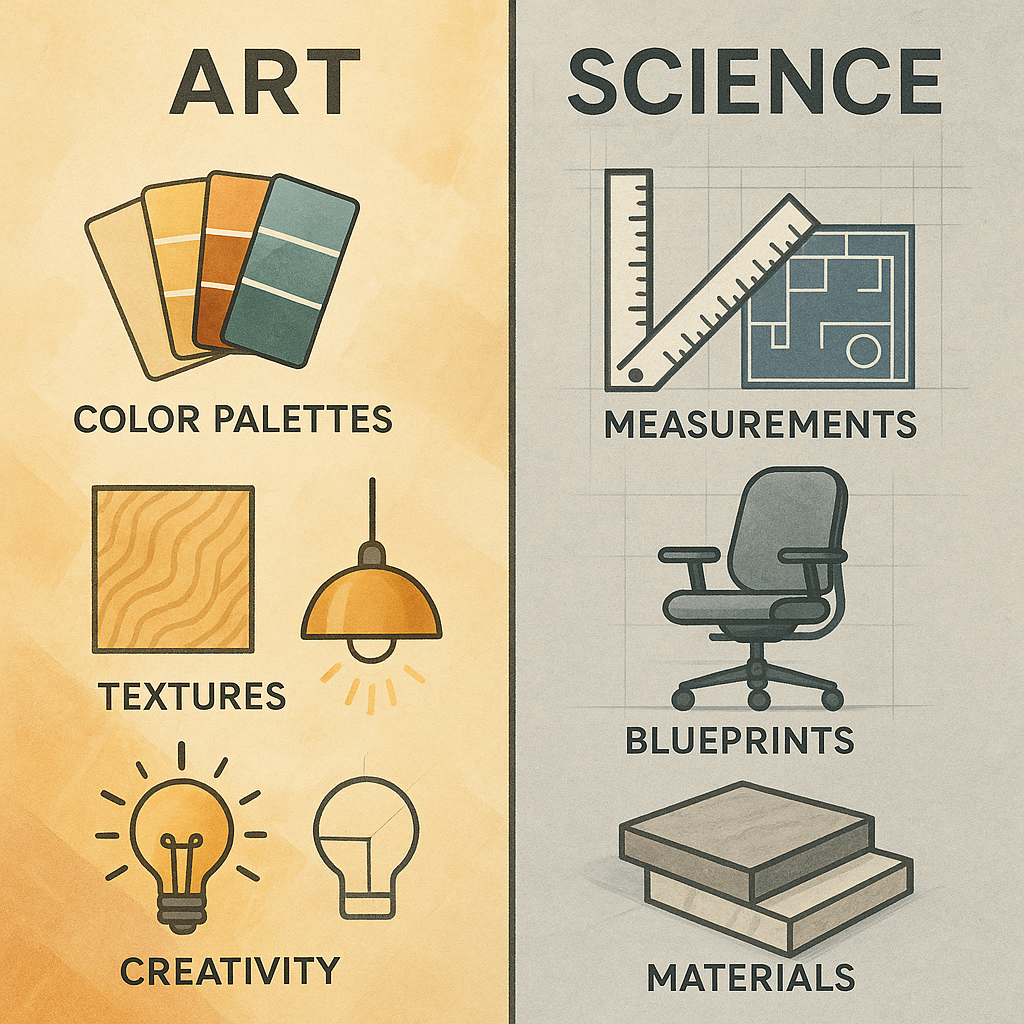
- Art: It involves creativity, aesthetics, and personal expression. Design choices such as colors, textures, patterns, and lighting show the artistic side. They help spaces create feelings and tell stories.
- Science: It incorporates functionality, ergonomics, and technical aspects. Measurements, design, material strength, and environmental factors need careful attention. This ensures a space is beautiful, safe, practical, and sustainable.
Together, these aspects work to create environments that are both visually appealing and highly functional, balancing creativity with practicality.
How Does It Work?
“Good design is obvious. Great design is transparent.” – Joe Sparano
Interior design is a process-driven discipline that involves several key steps:
- Understanding the Client: Designers begin by assessing the client’s needs, preferences, lifestyle, and budget. This understanding ensures personalized solutions.
- Conceptualization: This phase involves sketching or digitally rendering ideas, including layout, theme, and style. Designers focus on the look and feel of the space at this stage.
- Planning and Detailing: Space planning, material selection, lighting, and furniture arrangement are meticulously planned. This phase ensures structural soundness and functionality.
- Execution: After the plan is approved, it goes to execution. Contractors, carpenters, and other workers make the vision real. Regular supervision ensures quality and adherence to the design.
- Final Touches: After construction, finishing touches like decor, art pieces, and accessories complete the space.
How Interior Designing Matters?
“Your home should tell the story of who you are, and be a collection of what you love.” – Nate Berkus
Interior design plays a pivotal role in various aspects of life:
- Enhancing Functionality: Thoughtful design ensures efficient use of space, making even small areas feel spacious and organized.
- Aesthetic Appeal: Beautiful interiors can change how people see and feel in a space. This creates pride and comfort.
- Promoting Well-being: Colors, lighting, and layout can influence mood, reduce stress, and boost productivity.
- Reflecting Identity: Interiors tell stories about the inhabitants, reflecting their personality, values, and aspirations.
How It Affects Financially, Mentally & Emotionally
- Financial Impact:
- A well-designed home or office increases property value.
- High-quality interiors reduce long-term maintenance costs.
- Thoughtful design can improve energy efficiency, lowering utility bills.
- Mental Impact:
- Clutter-free, organized spaces reduce stress and enhance focus.
- Colors and lighting can elevate mood and promote relaxation.
- Emotional Impact:
- Personalized interiors foster a sense of belonging and pride.
- Spaces designed with loved ones in mind create stronger emotional bonds.
Residential Interior Design
Residential spaces are the heart of interior design, encompassing:
- Apartments and Houses: Focus on maximizing space, comfort, and aesthetics.
- Luxury Villas: Emphasis on grandeur, customized furniture, and high-end materials.
- Family Homes: Practical layouts with child-friendly, multi-functional designs.
Office Design
Office design is critical for productivity and branding:
- Open Workspaces: Encourage collaboration with flexible layouts.
- Private Offices: Prioritize ergonomics, lighting, and minimal distractions.
- Breakout Zones: Promote relaxation and informal discussions.
Yoga Studio Design
Yoga studios require a design that inspires calmness and focus:
- Minimalist Layouts: Open, clutter-free spaces for ease of movement.
- Lighting: Warm, soft lighting for a tranquil atmosphere.
- Materials: Use of natural materials like wood and bamboo for an earthy feel.
Salons Interior
Salons blend aesthetics and functionality:
- Reception Areas: Designed to create strong first impressions.
- Workstations: Well-lit, organized, and ergonomic for both clients and stylists.
- Ambiance: Use of colors, music, and decor to promote relaxation and luxury.
Restaurants & Food Chains
Interior design in restaurants shapes the dining experience:
- Theme-Based Designs: Reflect the cuisine and target audience.
- Seating Arrangement: Maximizes capacity while ensuring comfort and privacy.
- Lighting and Acoustics: Create the right mood for dining, from casual eateries to fine-dining establishments.
Automobile Showrooms
Automobile showrooms require a balance of functionality and branding:
- Display Areas: Highlight vehicles with strategic lighting and layouts.
- Customer Interaction Zones: Comfortable seating, interactive displays, and branding elements.
- Ambiance: Sleek, modern designs that emphasize the sophistication of the brand.
Conclusion:
“The best rooms have something to say about the people who live in them.” – David Hicks
Interior design is much more than just arranging furniture or choosing color palettes — it’s a thoughtful combination of artistic vision and scientific precision. From understanding client needs to creating functional and emotionally resonant spaces, interior design impacts our daily lives on every level: visual, mental, emotional, and financial. Whether you’re transforming a cozy home, a dynamic office, or a calming yoga studio, the essence of good design lies in its ability to balance beauty with practicality. As we dive deeper into this series, you’ll gain insights into each stage of the design journey — empowering you to make smarter, more creative decisions for your space.
❓Q&A Section: Chapter 2 – What is Interior Design?
Q1. What is the importance of interior design in daily life?
A: Interior design directly affects your comfort, mood, and functionality of space. A well-designed space promotes mental clarity, productivity, and emotional well-being.
Q2. How does the interior design process work?
A: It typically includes understanding the client, conceptualizing a design, detailed planning, execution, and final touches — all aimed at creating functional and beautiful spaces.
Q3. Why is interior design considered both art and science?
A: The artistic side involves creativity and aesthetics, while the scientific side ensures structural integrity, safety, and usability — both are essential for successful design.
Q4. Can good interior design impact property value?
A: Absolutely. Professionally designed interiors increase visual appeal, functionality, and energy efficiency, which boosts the market value of a property.
Q5. What are the benefits of interior design for commercial spaces?
A: Commercial spaces like offices or showrooms benefit from increased employee satisfaction, brand alignment, client engagement, and optimised use of space.
Q6: Who can hire an interior designer?
A: Interior design services are ideal for anyone looking to enhance the functionality and aesthetics of their space, including:
- Residential: Flats, bungalows, villas
- Commercial: Offices, retail stores, showrooms
- Special Spaces: Cake shops, yoga studio design, salons
We customize the interior design process based on the purpose, budget, and style of each project.
